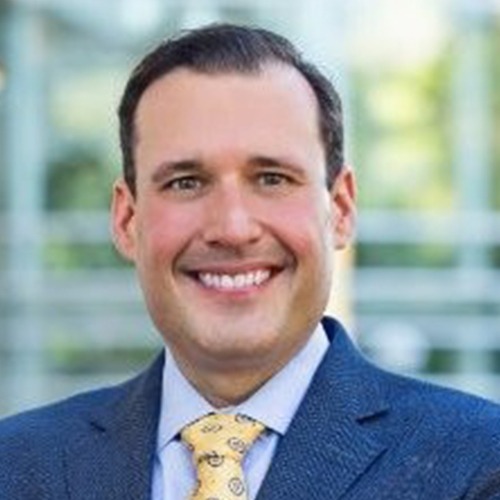The Impact of Transformative Leaders


by Joseph E. Fournier, President & Vice Chairman, Invenias Partners
The only organ in the human body that has the capacity to regenerate is the liver. As little as 25% of the original liver can regenerate back to its full size. Organizations regenerate and transform too when they recognize that their current way of operating, even with improvement, cannot produce the type of results they need in the future.
Transformation is more than improving a current way of operating. It requires a dramatic change from one state of being to another. Usually, transformation takes years, not months. It is not a “one and done” exercise. Rather, it is a continuous improvement process that involves much more than redrawing an organization chart. By far, the most difficult aspect of transformation involves people because it often challenges their beliefs, behaviors and feelings.
DISCOVERING TRANSFORMATIVE LEADERS
In my practice, senior leaders across the country highlight a consistent theme about talent – the urgent need for transformative leaders. Many companies operate against the backdrop of highly competitive and fluctuating local, regional and national markets. Institutions navigate performance today versus long-term sustainability. Additionally, leaders are called to develop culture and employee engagement while considering long-held traditions within their organizations.
The search for top talent is constant. Boards and CEOs always describe an ideal leader as the person who has significant expertise in their discipline and who is innovative, decisive, and action oriented. Now, they also mention the need for someone who operates with compassion, empathy, and a collaborative spirit – a leader who will transform the organization.
Identification of transformative leaders involves an ongoing discussion around the meaning of transformation. It’s important to pinpoint whether the organization is seeking an improvement minded leader or a disruptor. The term “disruptor” was used originally by Harvard Business School Professor Clayton Christensen in his book The Innovator’s Dilemma. Professor Christensen focused on disruptive technologies and how companies must fulfill customers’ current needs while anticipating and changing to meet their future needs. Now, the term is used widely in business and has taken on a life of its own. Put simply, from my perspective, the question is whether an organization needs a leader who will think “outside the box” or “build a new box” altogether. This is the difference between thinking about transformation and actually taking action to transform the organization.
THROUGH THE LENS OF TALENT
Culture and readiness for transformation can define success of the new leader. For example, what is the appetite of the board, CEO, community, employees and other key stakeholders for real transformation? How long are they willing to support it? Remember, transformation is a process that can take years, not months. What amount of change will the culture of the organization truly support? How will the leader complement other members of the team each day and enhance their performance? What is the risk that a transformational leader be rejected by the organization?
Consider your own experience with identifying and hiring a transformational leader. How quickly did they build a new box? What could have been done better or differently to accelerate their success? Are other leaders also building a new box now? Are they operating in concert or in conflict? Answering these questions presents an opportunity to discuss your people strategy.
As you work to build a positive, mission-driven culture, think about the impact that transformative leaders can make in your organization. To ensure the success of every leader, organizations must be clear about the type of leader they need in every role. Rest assured, taking the time to understand what talent you need up-front before hiring a new leader will pay dividends.
Please note: This article contains the sole views and opinions of Joseph E. Fournier and does not reflect the views or opinions of Guidepoint Global, LLC (“Guidepoint”). Guidepoint is not a registered investment adviser and cannot transact business as an investment adviser or give investment advice. The information provided in this article is not intended to constitute investment advice, nor is it intended as an offer or solicitation of an offer or a recommendation to buy, hold or sell any security. Any use of this article without the express written consent of Guidepoint and Joseph E. Fournier is prohibited.

